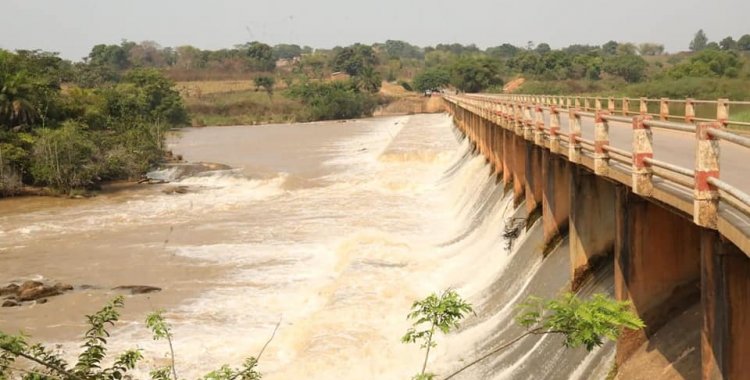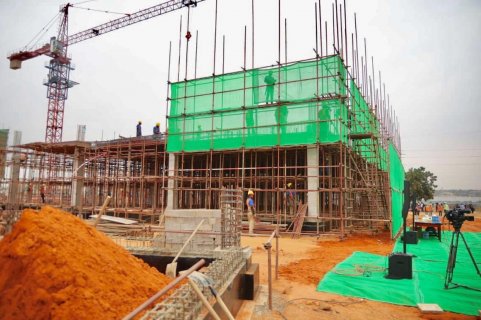The government official – who spoke on Wednesday, in Benguela, at the opening of the 12th Consultative Council – also announced the start-up of the Cunje water plant this year. "This year, after more than 30 years of being destroyed during the war, the Cunje hydro plant, in the town of Camacupa-Bié, with a capacity of just over one megawatt, will also enter into service", he stated, cited in a Government statement, to which VerAngola had access.
According to the head of the Energy and Water portfolio, the statement adds, "in terms of production, the main priorities focus on continuing the construction works at Caculo Cabaça and the completion of Laúca, already in operation", as well as in diversifying the "national energy matrix with the incorporation of photovoltaic solar energy".
The minister also said that the "construction project for the Luena photovoltaic solar park is expected to be completed by the end" of this year.
"It is also expected that the construction project for the Luena photovoltaic solar park will be completed by the end of this year and those of Saurimo, Bailundo, Lucapa and Cuito, in the first half of next year, which will achieve planned capacity of 370 megawatts of solar production", he said.
With regard to the transport segment, the priorities fall "on the extension of the national electricity network, towards the south and east, to integrate the provinces of Huíla, Namibe, Cuando Cubango, Cunene, Moxico and Lundas Norte and Sul into the system, increasing to 17 provinces connected to the national electricity grid", the statement reads.
As the minister said, "this objective" will not only save "millions of cubic meters of fuel, every year, reduce the very high operating and maintenance costs of thermal power plants and, above all, boost access to millions of Angolans and companies located in the areas to be targeted".
Regarding distribution, João Baptista Borges made it known that they want to achieve "50 percent access to electricity by the population, against the current 43 percent".
"It is essential that the annual average number of household connections is 250,000", he considered, informing that "an important electrification project in the eastern provinces of the country, plus Bié and Malanje, was recently approved and is in effect, which will provide access to electricity to more than 900,000 people, in 60 locations, spread across four locations in Bié, 15 in Lunda Norte, eight in Lunda Sul, 20 in Malanje and 11 in Moxico".
According to the statement, the National Electricity Distribution Company (ENDE) "controls on the low voltage network, and at national level, 1,955,483 consumers, of which 701,000 have meters in the pre-paid system and 84,120 in the post-paid system", and "they do not have a counting system for 1,170,363 consumers". In the medium voltage network, "there are a total of 7,782 consumers across the country, of which 3,678 have a metering system and 4,104 without a metering system".
The minister left the guarantee that the sector "will invest in the acquisition of 1,300,000 new meters, within the scope of financing from the African Development Bank (AfDB), to meet the needs of medium voltage customers, who are responsible for a good share of ENDE's turnover", reads the statement.
Regarding water, among the concerns raised by the minister are the losses and vandalization of infrastructure.
According to the statement, the province of Luanda, "which is home to the largest number of consumers, records an inefficiency of around 30 percent", given that, due to prolonged failures in pumps and reservoirs, only 500,000 cubic meters of water per day, out of an installed capacity of 800,000, "are actually produced".
"Furthermore, significant technical losses due to ruptures increase the costs of this waste, not to mention the water that, due to acts of vandalism and mining, is diverted from the pipelines", lamented the minister.
In the field of drought, combating its effects is seen as "another major front carried out" by the Government, "which has been working on materializing the strategy that involves using the water resources available to the most populated regions", says the note.
Regarding the matter, the government official informed that the program to combat drought covers a broad "set of works", budgeted at four billion dollars and which will extend to the provinces of Huíla and Namibe.
It should be noted that the Consultative Council of the Ministry of Energy and Water takes place until this Friday, in the province of Benguela, under the theme "Energy and Water towards Expansion".







